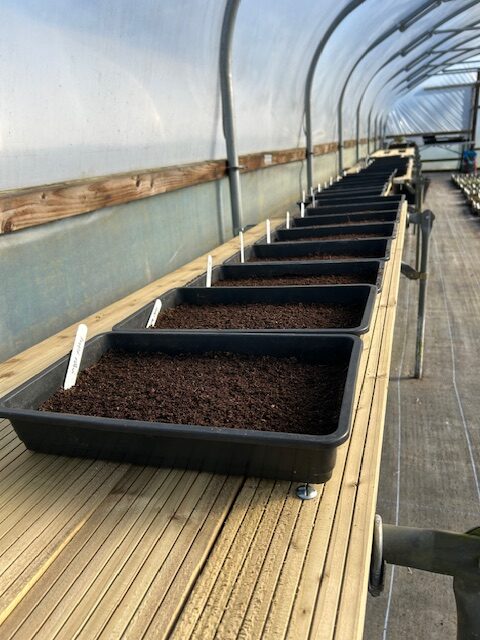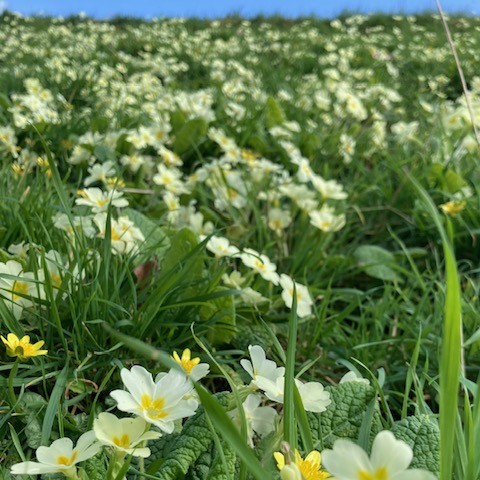
New for 2025: Here you will find our monthly tips from the nursery to help take you through the seasonal journey in your garden or outdoor space. Click the link…
Read More
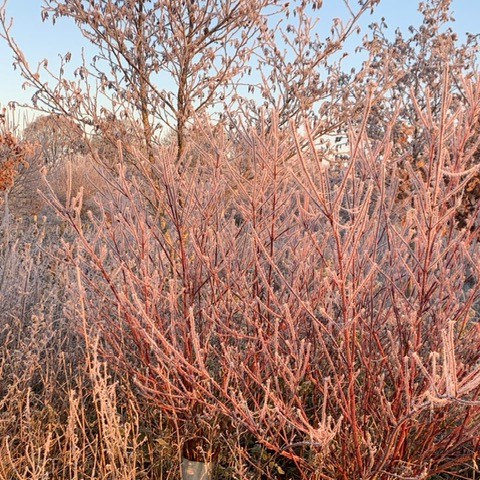
Garden pond Seed heads Wood pile As the final autumn leaves fall from the trees and with December bringing colder nights and frosty mornings;…
Read More
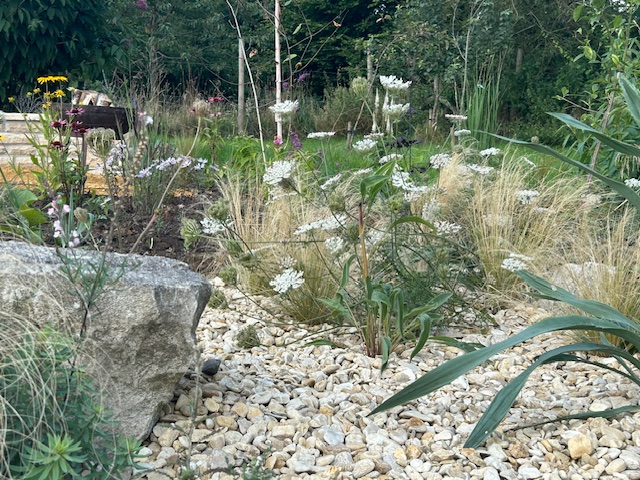
Wildflowers generally prefer a soil that has low fertility. Therefore they are great to plant in areas that may not have been cultivated for some while. If the soil has…
Read More
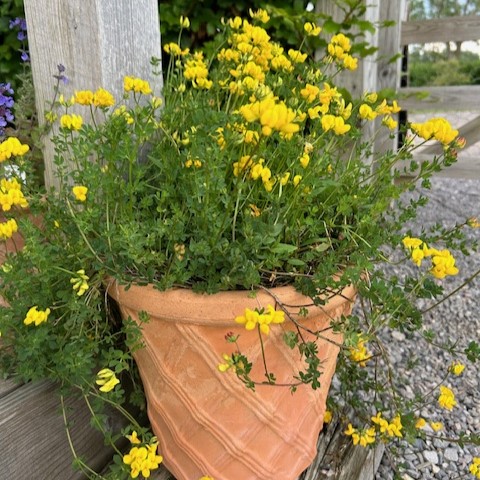
Seeing wildflowers in fields, woodlands or meadows in nature is a joyful experience with the open expanse, and nature's palette of colours.…
Read More
Here you will find our latest newsletters. If you would like to subscribe please do so at the footer of the home page here 2025 January Newsletter 2025 Monthly tips…
Read More
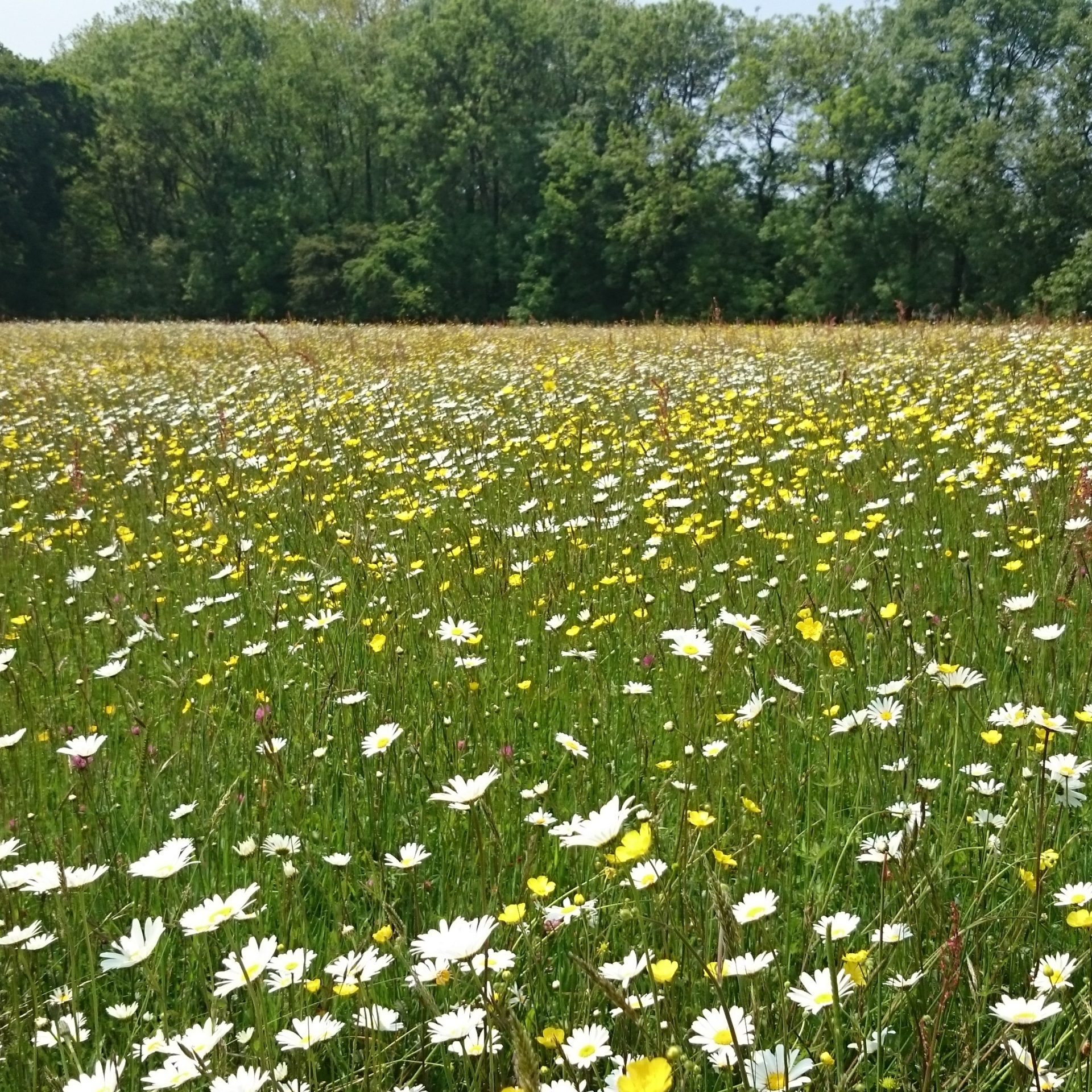
In the first year after planting a wildflower area , there should be a good number of flowers present often daisies, knapweeds and clover. If planting from…
Read More
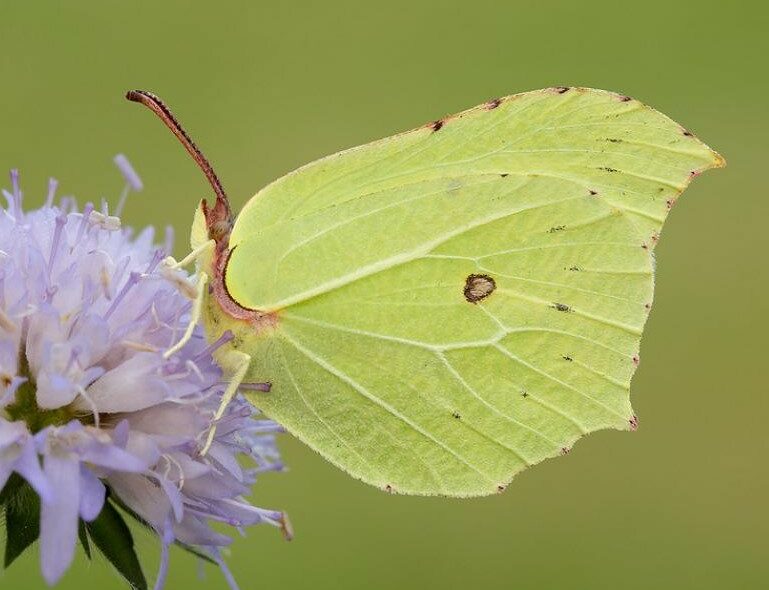
Alder buckthorn and Common buckthorn are the larval foodplants of one of our most spectacular British butterflies, the Brimstone (Gonepteryx rhamni). The Brimstone has an interesting distribution…
Read More
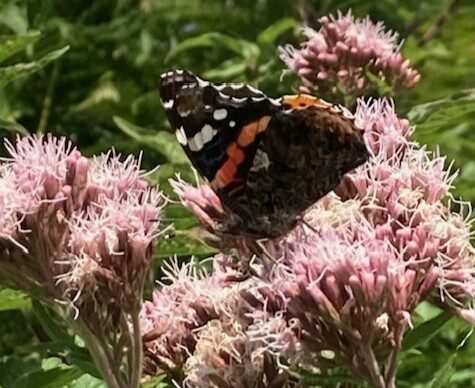
Field scabious Cornflower Common knapweed Butterfly numbers have been severely hit in recent years due to loss of habitat and some very wet summers. Planting wildflowers is a way…
Read More
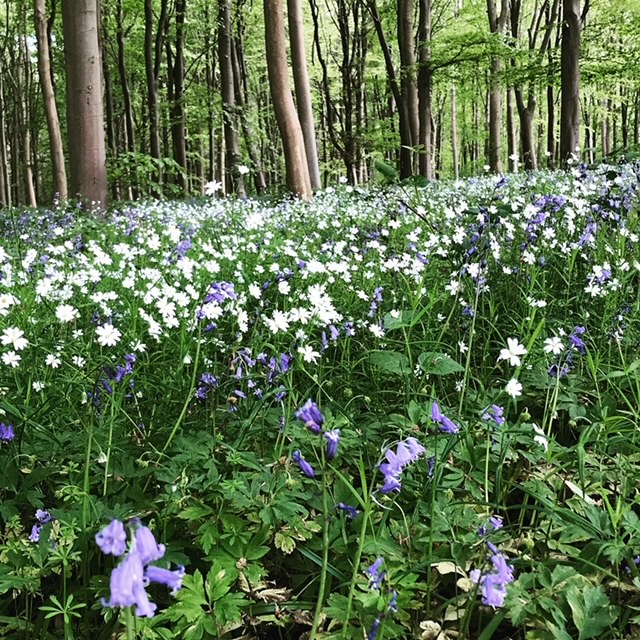
A woodland area in your garden will attract a wide diversity of wildlife; and although many gardens will not have space for a large wooded area, even…
Read More
